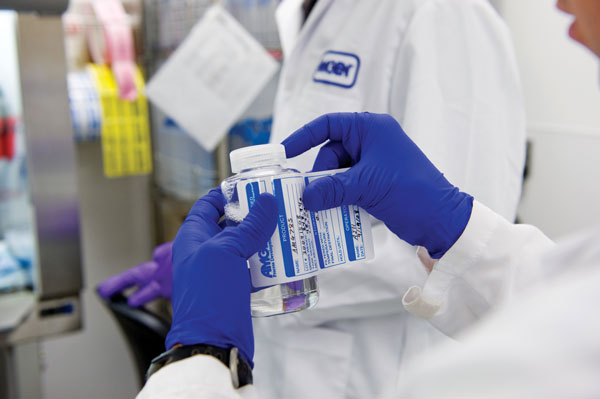|
Browns Ferry, TVA’s first and largest nuclear power plant that produces around 20% of TVA’s total generation capacity, today marks exactly 50 years of service. The plant in Athens, Alabama (pictured), which today employs 1,500 people, launched operation of Unit 1 on August 1, 1974. “At the time Unit 1 started commercial operation, Browns Ferry’s three reactors were the first units in the world capable of producing more than 1,000 megawatts — or 1 billion watts of power,” TVA explains. “Today, Browns Ferry generates up to 3,954 MW of carbon-free baseload energy, enough electricity to power more than 2 million homes and businesses across the Tennessee Valley region.”
TVA continues to make investments and improvements to the plant. Browns Ferry is the first TVA nuclear power plant to submit an application for subsequent license renewal to the Nuclear Regulatory Commission to allow all three units to continue operation for an additional 20 years after the current licenses expire in 2033, 2034 and 2036. “Our continued investment in Browns Ferry is a reflection of our commitment to providing an affordable, reliable, and clean energy future,” said Jeff Lyash, TVA President and CEO. “We believe nuclear energy will play a critical role in our region and nation’s energy future.”
|



.html)
.jpg)


.html)
.html)